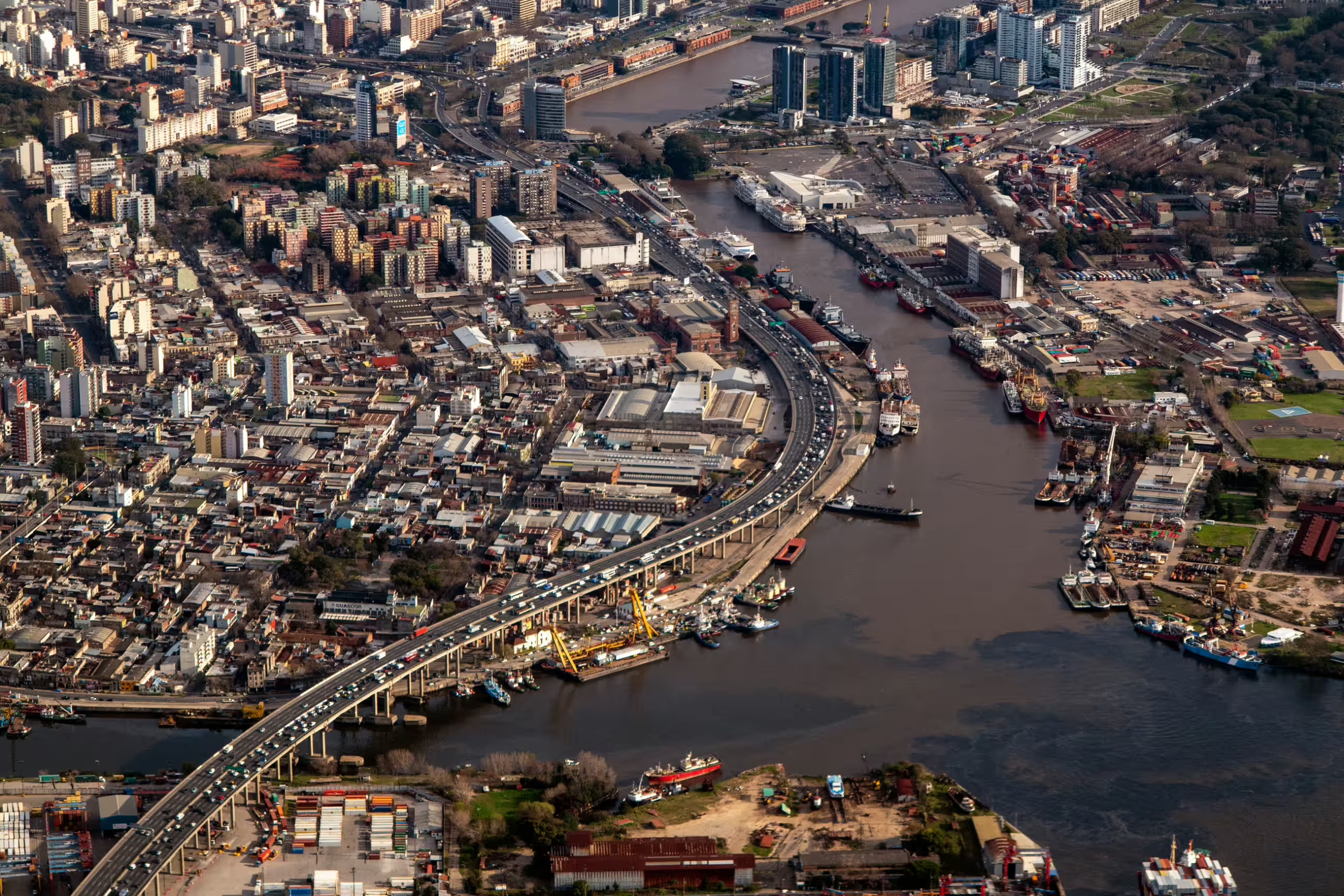Campaigners fear ruling on the toxic Matanza-Riachuelo basin will worsen the region’s many health crises and sends the message that environmental damage is not a priority
Por Harriet Barber
Two decades ago, the waters in Argentina’s basin flowed over abandoned shipwrecks and rusting cars. Animal residue from abattoirs bled into its rivers, along with household waste and toxins from factories, including arsenic, lead and cadmium.
Today, those living along the riverbanks, which snake around Buenos Aires’ southern edge and by the tourist district of La Boca, continue to complain of skin rashes, headaches, breathing problems and vomiting. They say their animals die inexplicably.
“We started to realise there was a problem in the 1980s, but we didn’t fully understand what was happening,” says Juan Carlos Longhi. “Children began suffering from illnesses, and it was difficult to breathe. It was terrible.”
The 40-mile (64km) river served as the capital’s dumping ground for more than 200 years – mid-19th century chroniclers described it as “rotten” – and has long been considered one of the most polluted rivers in the world. Thousands of businesses, such as tanneries, chemical plants and factories, are situated in the basin, while an estimated 4.5 million people call the area home.
…
